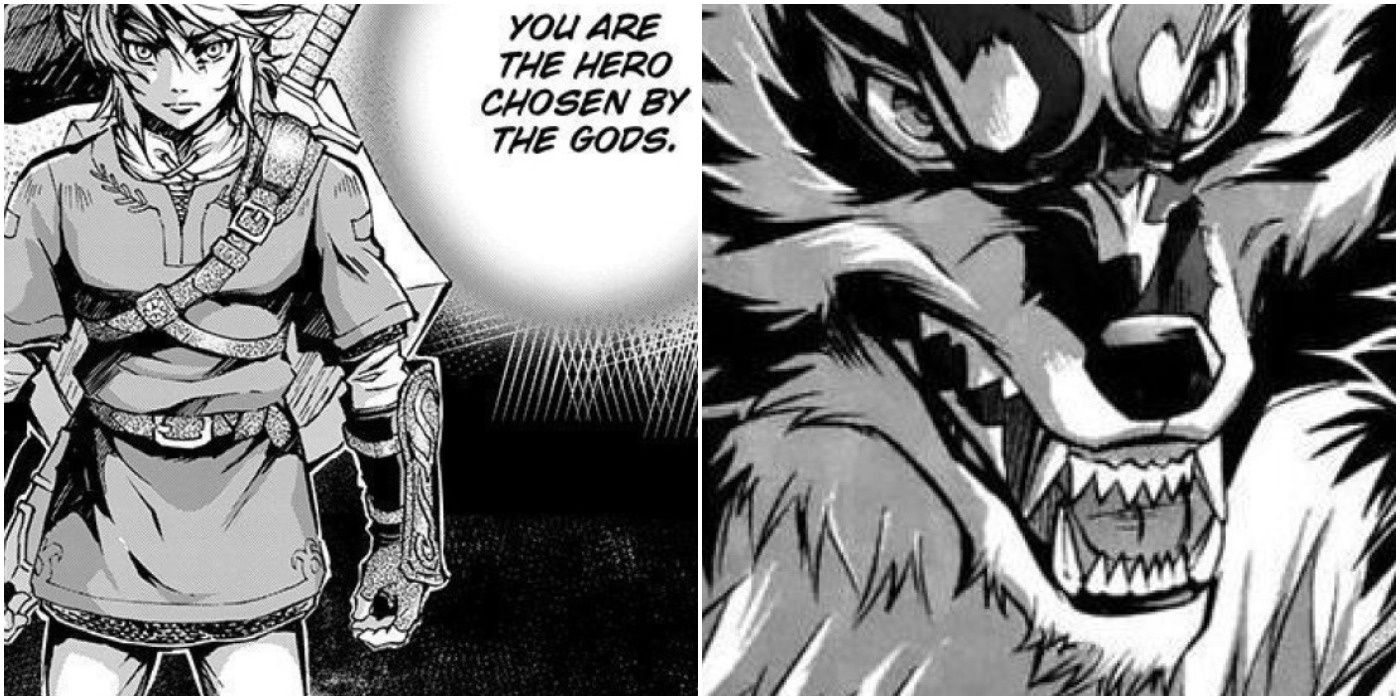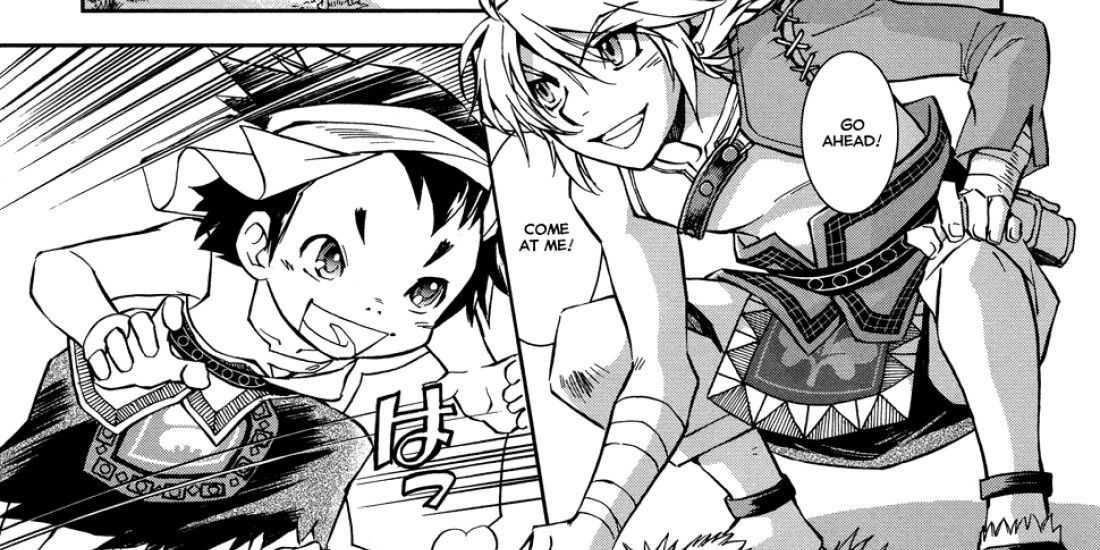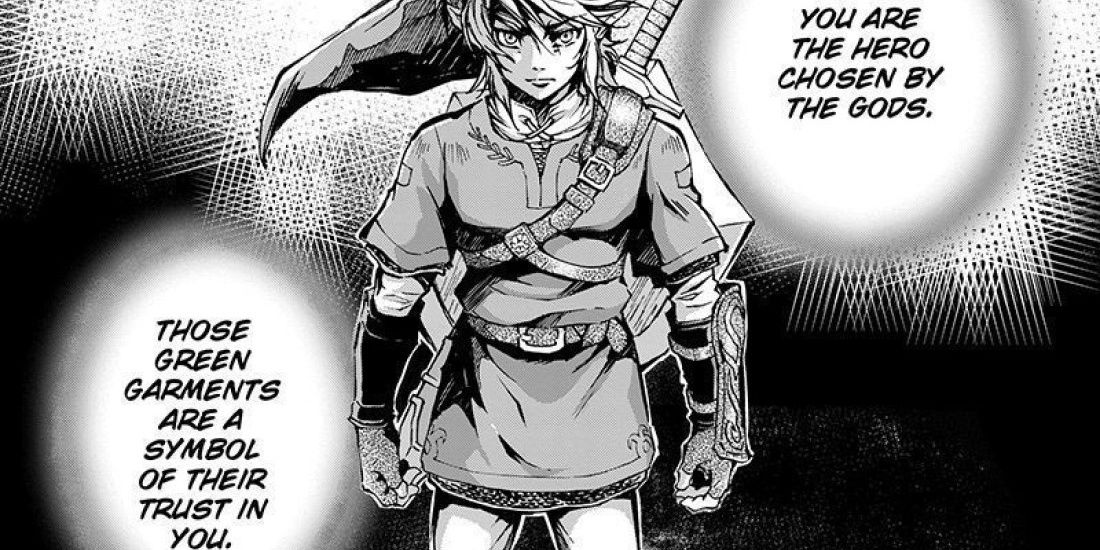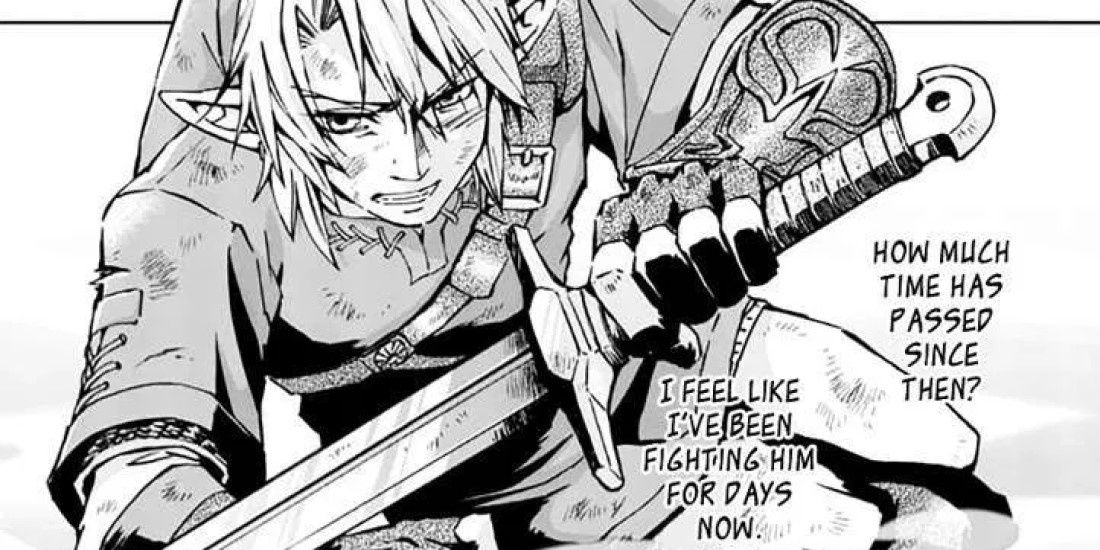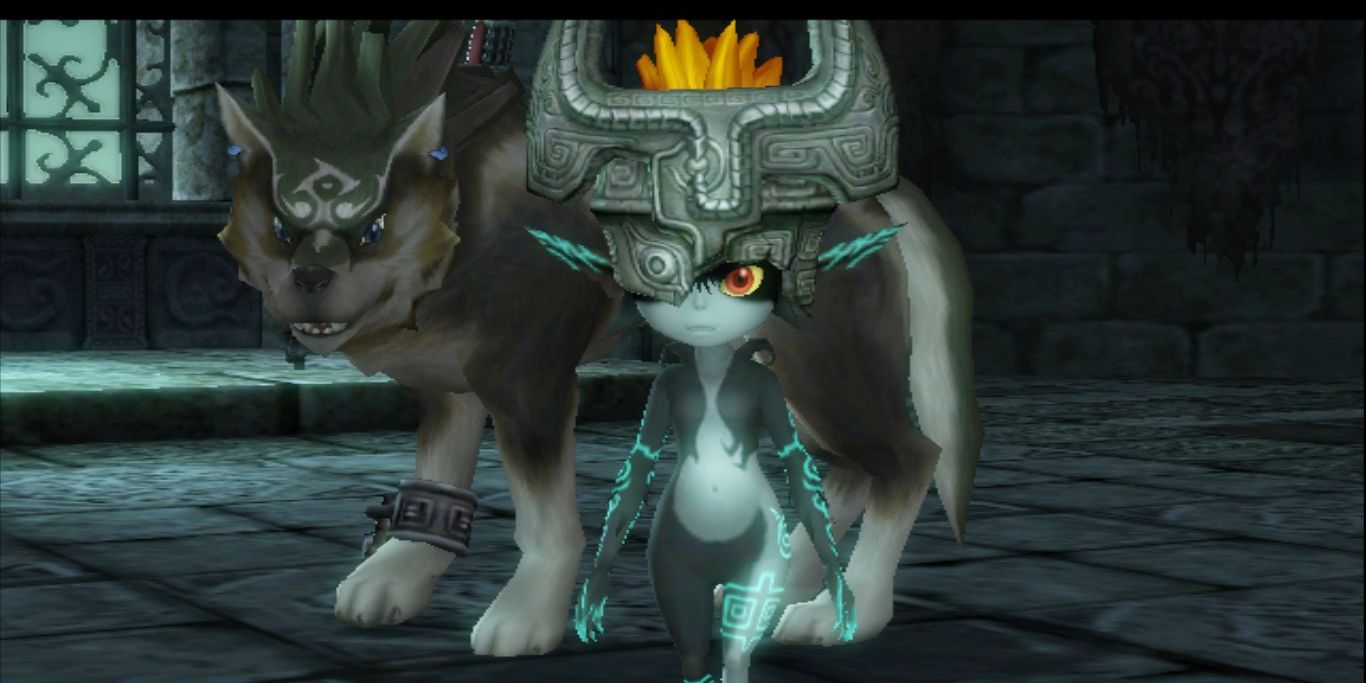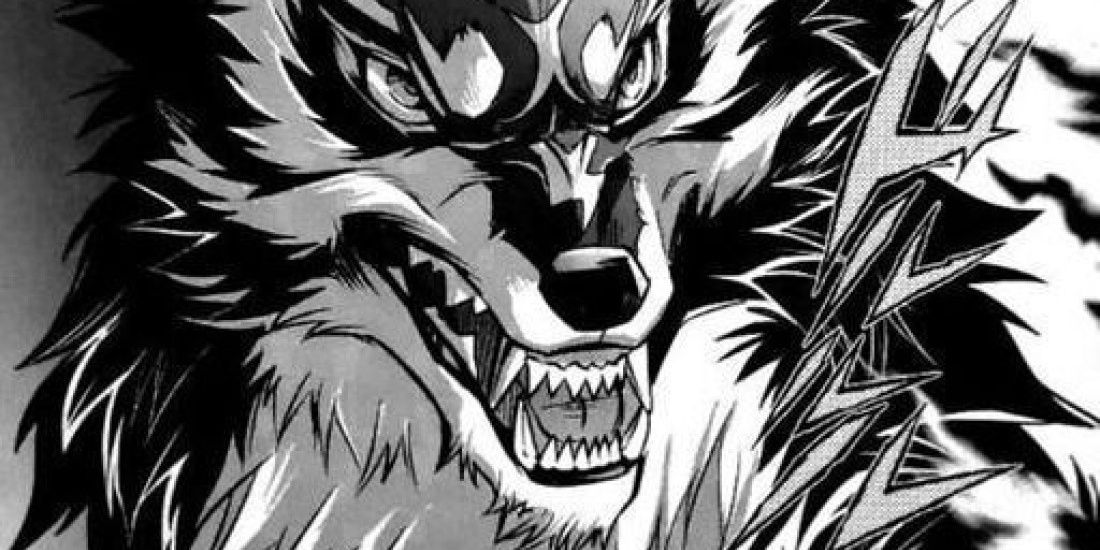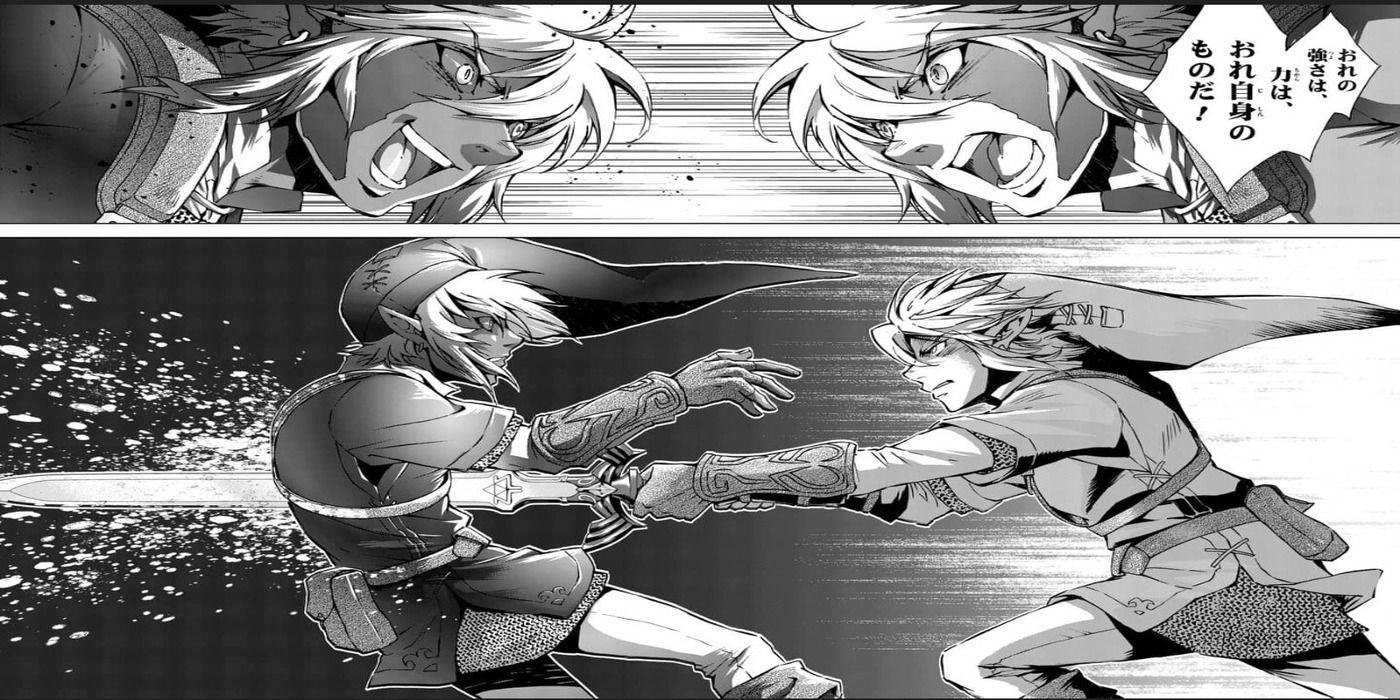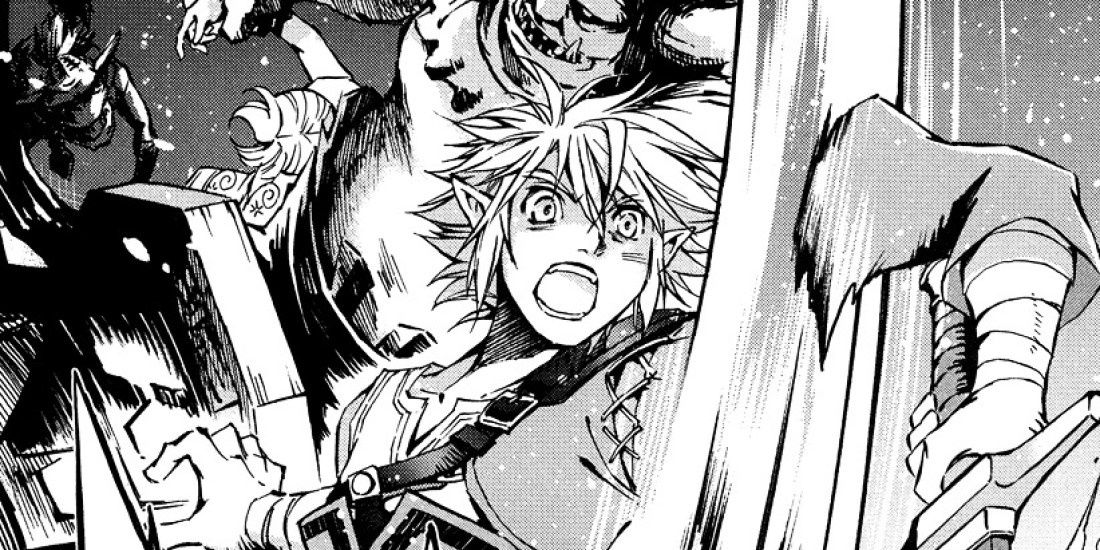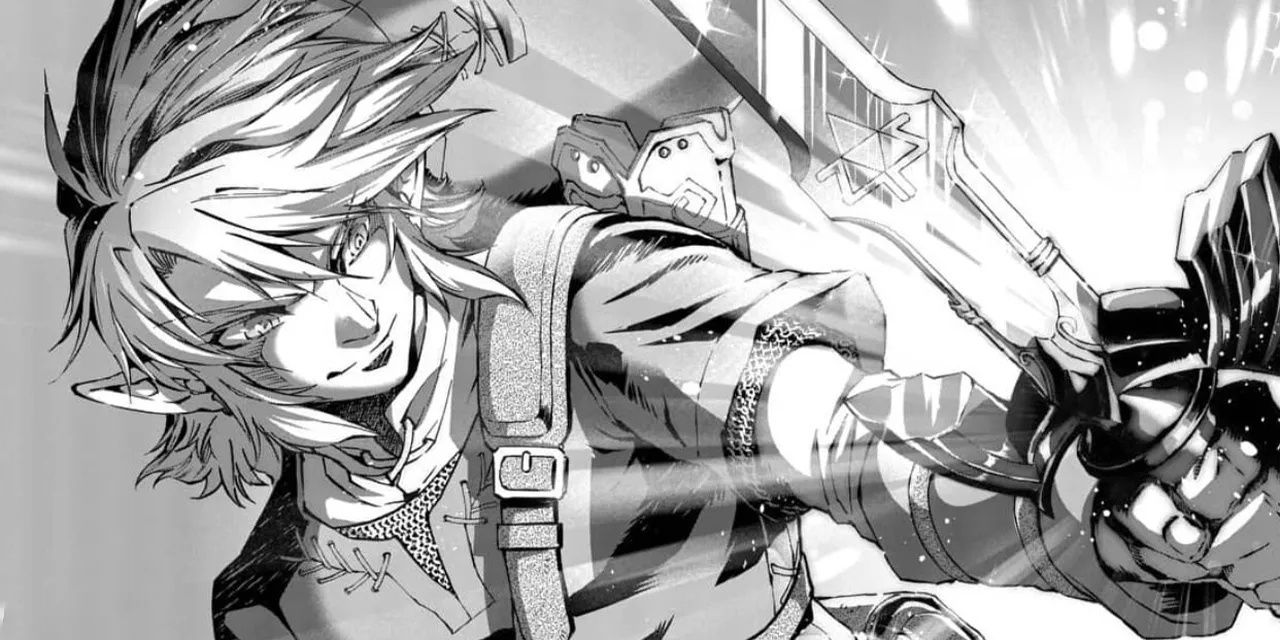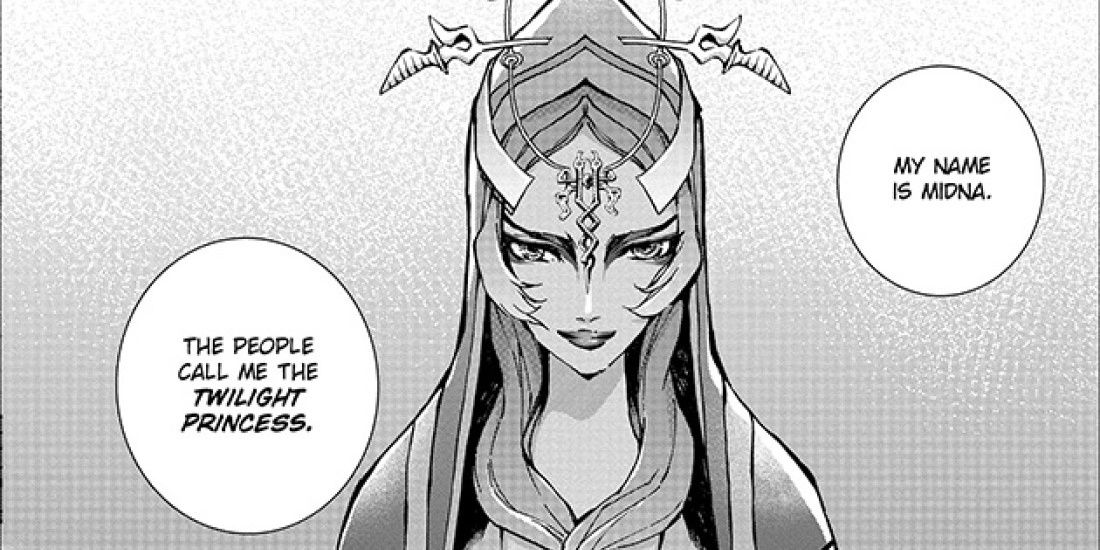The manga adaptations of Zelda games have generally been massive swings and misses. They butcher the storylines they are trying to tell and end up as cheap revenue sources for the franchise. The one exception to that is the Twilight Princess adaptation. It tells a tale worthy of the medium and would have been great even if the Zelda name wasn't attached.
Arguably, it may even tell a better story than the game does. A big reason why is it enhances the source material rather than stripping it away, telling a tale that the game isn't capable of and going into more detail and depth.
10 Consequences To Actions
The game for as great as it is often boils down to Link being the prototypical hero who saves the day. There isn't always a lot of depth or development. That isn't the case with the manga, which sets up consequences for all his actions, some of which are unforeseen at the time. An example of this is shown in Link's backstory as he pulls out the Secret Sword of Legend, unleashing evil spirits in the process. They ravage the village and kingdom, killing everyone in their path.
9 Link Questioning Why He's A Hero
Rarely is this ever a question in Zelda games as he's normally steadfast in his ways, but the manga does a fantastic job of giving him vulnerability, making him wonder if he's even a hero. After defeating Diababa in the Forest Temple, he breaks down as he realizes everything he's done is for selfish means. What he's doing may seem heroic, but he's only doing it so that he can be returned to a human. It shows an inner conflict so rarely done well with heroic characters.
8 Link Showing Emotion
Questioning if he's a hero isn't the only bit of emotion that Link shows in the manga. After defeating King Bulbin, Link breaks down into tears in front of Colin, overwhelmed with joy that they were all still ok.
As with the heroic inner conflict, a hero showing emotional vulnerability like this is rare, especially when it comes to Link. They are meant to be strong and unmoved, able to overcome any obstacle put in front of them without blinking.
7 Midna's Snarkiness
In the game, Midna is plenty snarky and one of the most fun companions in any Zelda game to date. She's just got a charm about her that can't be matched. In the manga, her snarkiness is turned up to eleven as she's constantly quipping about Link's actions and is a borderline Tsundere in some of her actions. She's not above smacking him when he does something she feels is wrong and loves teasing him when he's a wolf, telling him that he's her mount when he reverts to that form.
6 Wolf Link Can Talk
It's not a big edition that changes the story much at all, but it's nice that wolf link can actually talk. He doesn't just become some animal devoid of anything that made him Link. The manga doesn't make it too obnoxious either. He's not going on overly long discussions as one. It's just a way to keep his character intact rather than making Midna the driving force during the change. It lets him respond to her ramped up snarkiness as well.
5 It's Darker
While Twilight Princess is well known as the darkest Zelda game and to some, the best. It's still tied down by the fact that it's a Nintendo game, and no matter how much more mature the company gets, there's only ever so far they are going to be willing to go.
They know their target demographic, after all. The manga doesn't have those restraints and manages to take the story into even darker territory, from the dialogue to the fights to the setting itself.
4 The Fights Are Brutal
That image tells it all as King Bulbin chops Link's arm off in a brief first battle between the pair. It's far from the only time the battles get graphic or brutal either. Link chops out Diababa's eye and then cuts in clean in half. He also runs through foes with his sword, among several other things. Brutality for the sake of it is never good, but when in the focus of a darker story like this? The blood in fights helps add to the gravity of the situation.
3 Delves Into Link's Past
The incident with the sword was already mentioned, but it's far from the only thing mentioned in his past. We get introduced to childhood friends such as Rioma and Zeu, who joined him as knights in training. It details that training as well, giving Link a far more full story. While heavy doses of backstory aren't always needed to make a great character, it helps add to their depth. The manga does just that, making Link a more interesting character than he ever is in the games.
2 Adding In Midna's Father
Link isn't the only one who gets a bit more backstory in the manga. Midna receives some of it as well. We get to see some of the time before she's usurped as the princess of the kingdom by Zant. Unfortunately, that leads to them ruining the surprise of Midna being the Twilight Princess, telling the reader in the first chapter. It would have been better if the moments of her past were shown a bit later, but it doesn't change that it was nice getting to see her father and his worries about Zant.
1 Story Runs Longer Than The Game
Depth has been a recurring theme, and there's a big reason for that, the narrative runs longer than the game does, stretching across eight volumes of manga. That's unheard of with Zelda manga as they are often condensed story-wise, skipping over all of the dungeons, among other content, as they only have one or two volumes to fit it all in. Twilight Princess doesn't do that and instead adds story elements rather than taking them away.

